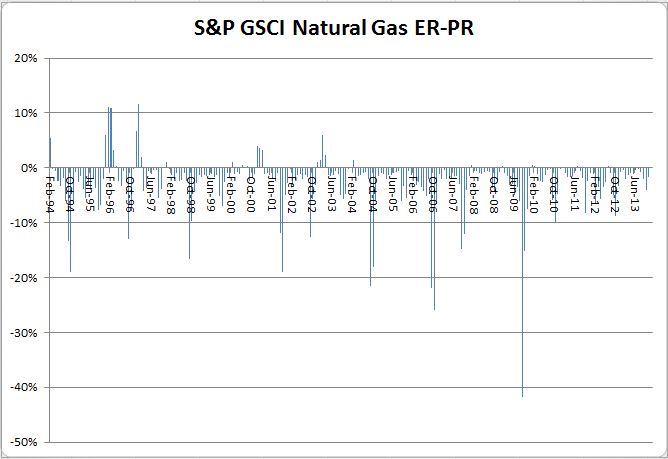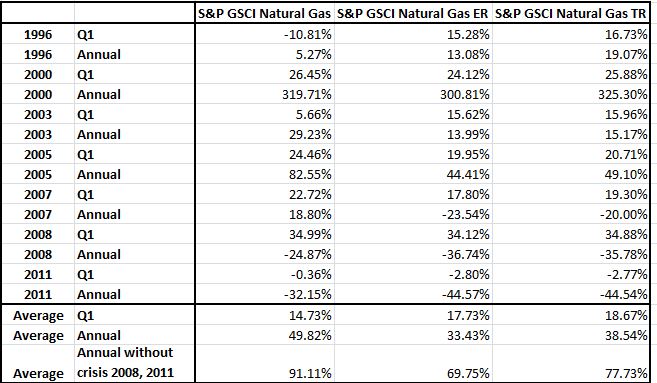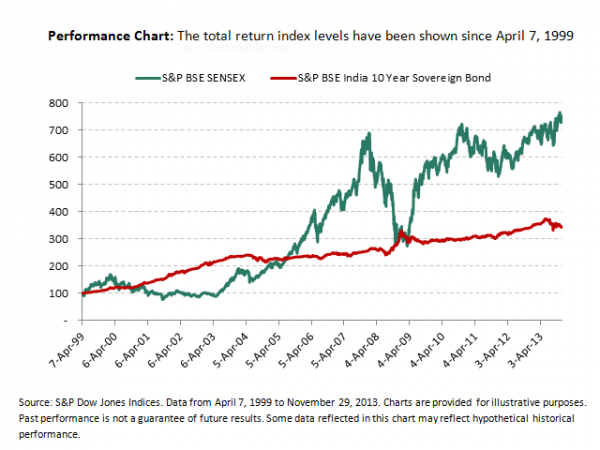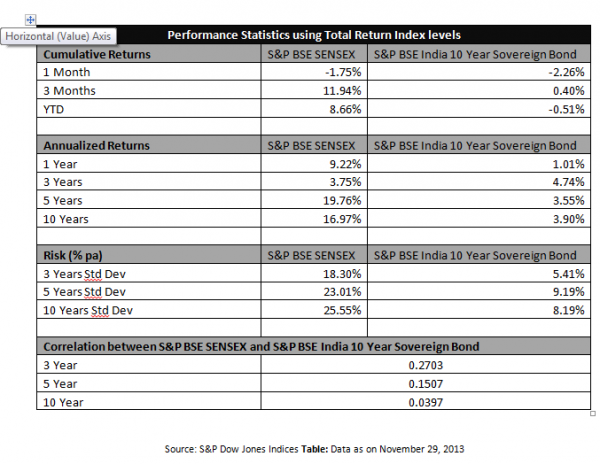Municipal bonds yields have come down at a faster pace than U.S. Treasury bond yields helping to push up bond prices. Equity and currency market volatility is helping to drive cash inflows for municipal bond funds and when combined with manageable new issue supply has helped foster a stronger muni bond market. The S&P National AMT-Free Municipal Bond Index tracking investment grade bonds has started 2014 with a positive total return of 2.34%. The average yield of bonds in the index has fallen by 36bps since year end out pacing the drop in yield of the 10 year US Treasury bond.
Puerto Rico municipal bonds stung the bond market in 2013 with the S&P Municipal Bond Puerto Rico Index falling over 20% during the year. That index has seen a rally of 3.7% in January as the average yield of Puerto Rico bonds in that index has improved to 7.19% from 7.44% at year end. Possible new bond issuance from Puerto Rico will test the depth of market’s appetite for these bonds in coming weeks.
Tobacco settlement bonds have benefited from yields coming down. The S&P Municipal Bond Tobacco Index has seen a positive total return of 4.72% year to date as average yields of bonds in the index have dropped by 33bps in January.
Five year municipal bonds tracked in the S&P AMT-Free Municipal Series 2019 Index have seen yields come down by 33bps to end at 1.63%. The S&P AMT-Free Municipal Series 2023 Index have seen yields come down by 36bps to end at 2.88%. Out longer, 20 year bonds tracked in the S&P Municipal Bond 20 Year High Grade Rate Index have seen yields come down by 45bps to end at 4.1%.
The posts on this blog are opinions, not advice. Please read our Disclaimers.











